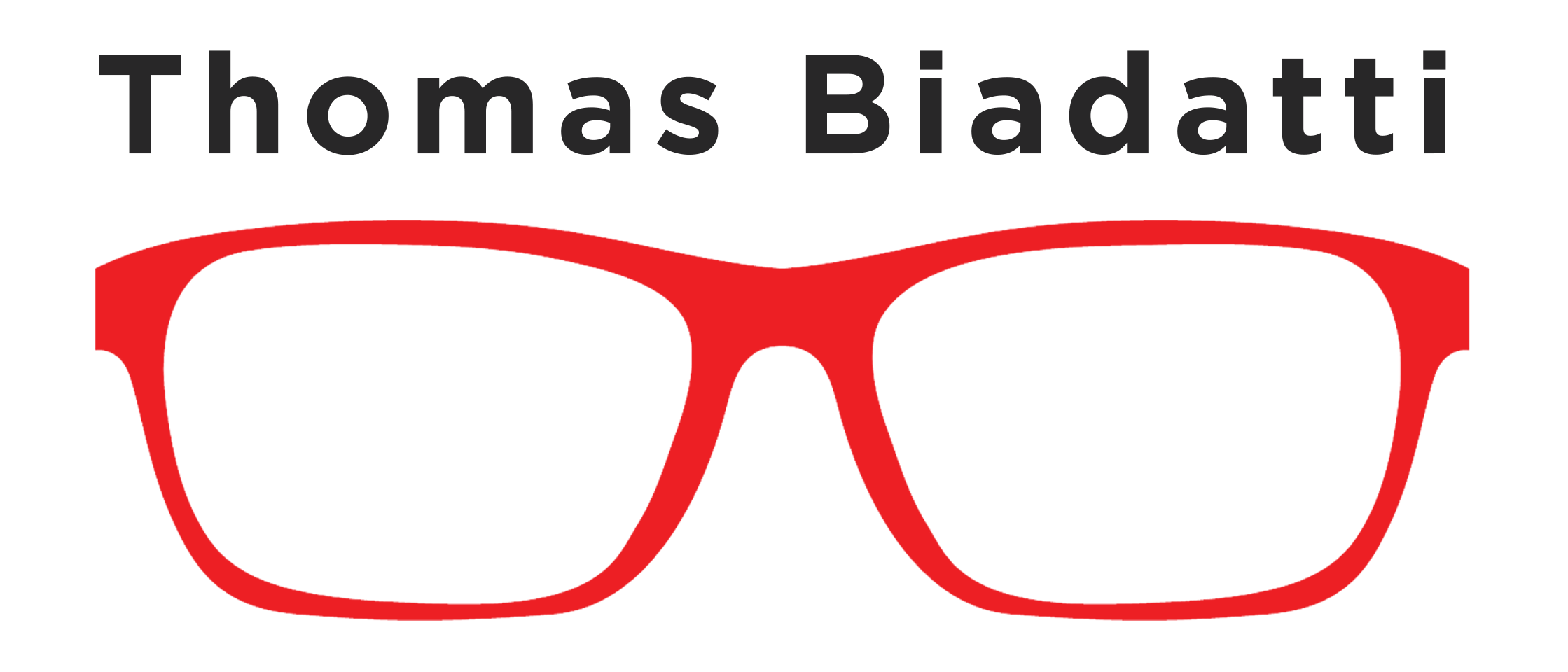What are automations and how to use them in music production
In the world of music production, automation is a powerful tool that can bring your tracks to life. By allowing you to dynamically control various parameters over time, automation adds depth, movement, and excitement to your music. I’ll cover some practical examples and key insights to get you started. If you want a more detailed explanation, be sure to check out my YouTube video tutorial on this topic.
I. What Are Automations?
Definition and Importance
Automation in music production refers to the process of recording and applying changes to parameters over time. This can include volume levels, panning positions, filter cutoffs, reverb amounts, and much more. By automating these parameters, you can create dynamic and evolving sounds. This can be important as software instruments or synth for example can sometimes lack the expressiveness of a human performance.
Examples :
– Enhancing Dynamics: Automation can significantly add depth and movement to a track, making it feel more lively. For instance, you can automate volume levels to create crescendos and diminuendos, adding emotional impact to your music.
– Creating Movement: Automating panning positions can add a sense of space and movement, making your track feel more immersive. For example, you can make a sound move from left to right, creating a stereo effect. You could also automate the widening effect of an instrument or the whole track, having a more centered instrumentation for the verses and then wider for the chorus of the song..
– Adding Variation: By automating effects like reverb, you can create contrast between different sections of your track. This variation keeps the listener interested and makes each part of the song stand out.
II. How to Use Automations
Step-by-Step Process
It’s actually a very simple process :
1. Select the track you want to automate.
2. Choose the parameter you want to automate.
3. Draw or record the automation curve to create the desired effect.
A few parameters example to get you started :
Filter Cutoff
The filter cutoff determines the frequency at which a filter begins to affect the sound. Automating this parameter can create sweeping effects that add movement to your track.
You could create a sweeping effect. For example, gradually increasing the cutoff frequency during a build-up can create anticipation and excitement.
Automating Reverb
Reverb adds space and depth to your sounds. Automating reverb can enhance specific sections of your track, making them feel larger or more distant.
For instance, increasing the reverb during a breakdown can make it feel more spacious and atmospheric.
Using Curve Tools
Straight automation lines can sound unnatural. Applying curves helps in creating smoother transitions and a more organic feel.
For example, applying a gentle curve to volume automation can create a natural fade-in or fade-out.
III. Conclusion
Automation is a powerful technique in music production that can transform your tracks by adding dynamics, movement, and variation. Choosing the right parameters to automate, such as filter cutoffs and reverb, can change for your track for the best. Experimenting with other parameters like EQ settings and modulation effects can further enhance the clarity, depth, and overall feel of your mix. Adding varying levels of effects across different sections creates contrast, making each part of the track more distinct.
By understanding what automation is and how to use it, you can create more engaging and professional-sounding music. Remember, music production is an iterative process, so keep experimenting with different settings and adjustments to achieve the best results.
You can watch the whole video tutorial on this YouTube playlist or keep reading the next blog article to learn how you can use tools to lo-fi your sound and continue your synthwave journey !
Hear the final result in my song « Rewind » here.
Find more about She Died in a Parking Lot here or on Youtube
